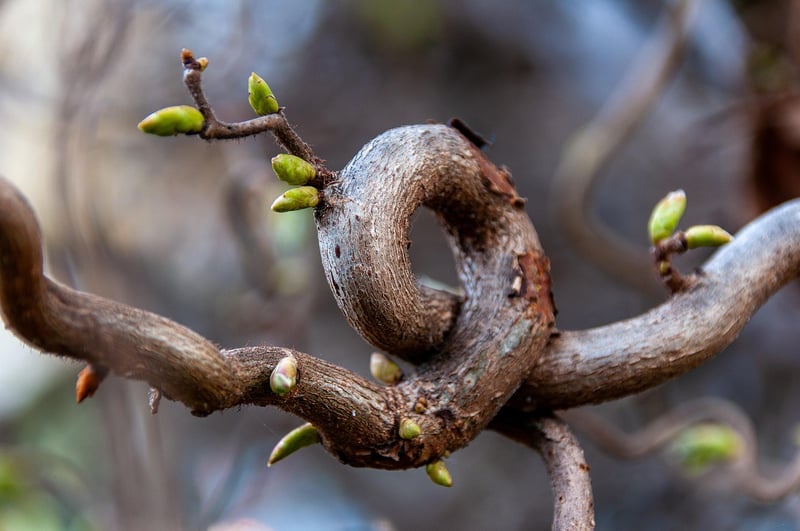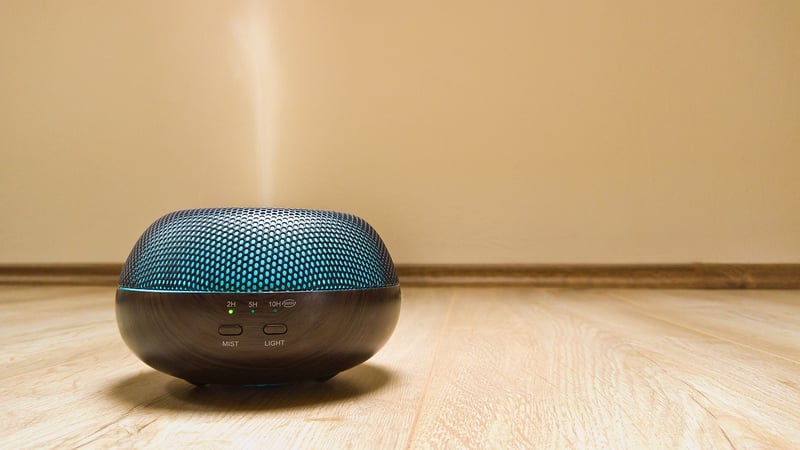Lighting Essentials
Essential Care Practices for Healthy Plants
Introduction
Plants, whether indoor or outdoor, require proper care to thrive and stay healthy. By understanding and implementing essential care practices, you can ensure your plants grow beautifully and remain vibrant. In this guide, we will discuss key care practices for maintaining healthy plants.
1. Watering
Proper watering is crucial for plant health. Different plants have varying water requirements, so it's essential to research the specific needs of each plant you own. Overwatering can lead to root rot, while underwatering can cause wilting and stunted growth.
2. Sunlight
Sunlight is vital for photosynthesis, the process by which plants produce energy. Ensure your plants receive adequate sunlight based on their specific requirements. Some plants thrive in direct sunlight, while others prefer indirect light.
3. Soil Quality
Good quality soil provides essential nutrients for plant growth. Make sure your plants are potted in well-draining soil that is rich in nutrients. Consider repotting your plants if the soil becomes compacted or depleted.
4. Pruning and Deadheading
Regular pruning helps promote healthy growth and removes dead or diseased parts of the plant. Deadheading, the practice of removing spent flowers, encourages new blooms and prolongs flowering periods.
5. Pest Control
Monitor your plants for signs of pests such as aphids, spider mites, or mealybugs. Early detection is key to preventing infestations that can harm your plants. Use natural or chemical remedies to control pests as needed.
Lighting Essentials
When it comes to indoor plants, proper lighting is crucial for their growth and overall health. Understanding lighting essentials can help you create an optimal environment for your plants.
1. Natural Light
Place your indoor plants near windows where they can receive natural sunlight. South-facing windows typically provide the brightest light, while north-facing windows offer softer, indirect light. Rotate your plants regularly to ensure even exposure to sunlight.
2. Artificial Lighting
If natural light is limited in your space, consider using artificial grow lights. LED grow lights are energy-efficient and can provide the full spectrum of light that plants need for photosynthesis. Position the lights at an appropriate distance from your plants to prevent burning.
Conclusion
By following these essential care practices and understanding the importance of proper lighting, you can promote the health and vitality of your plants. Remember to tailor your care routine to the specific needs of each plant species to ensure they thrive in their environment.


